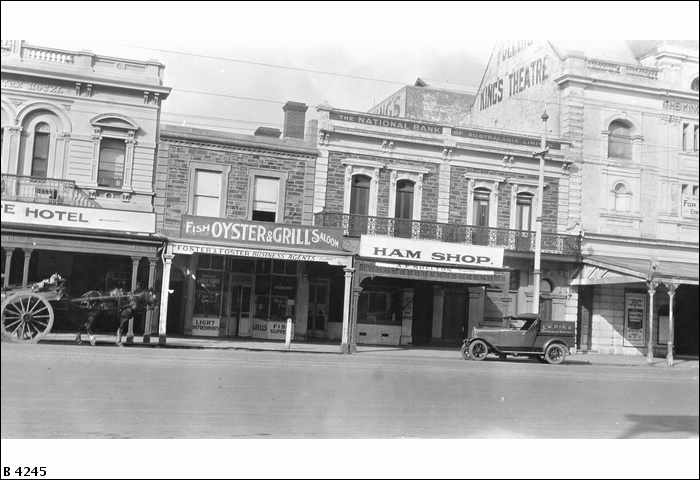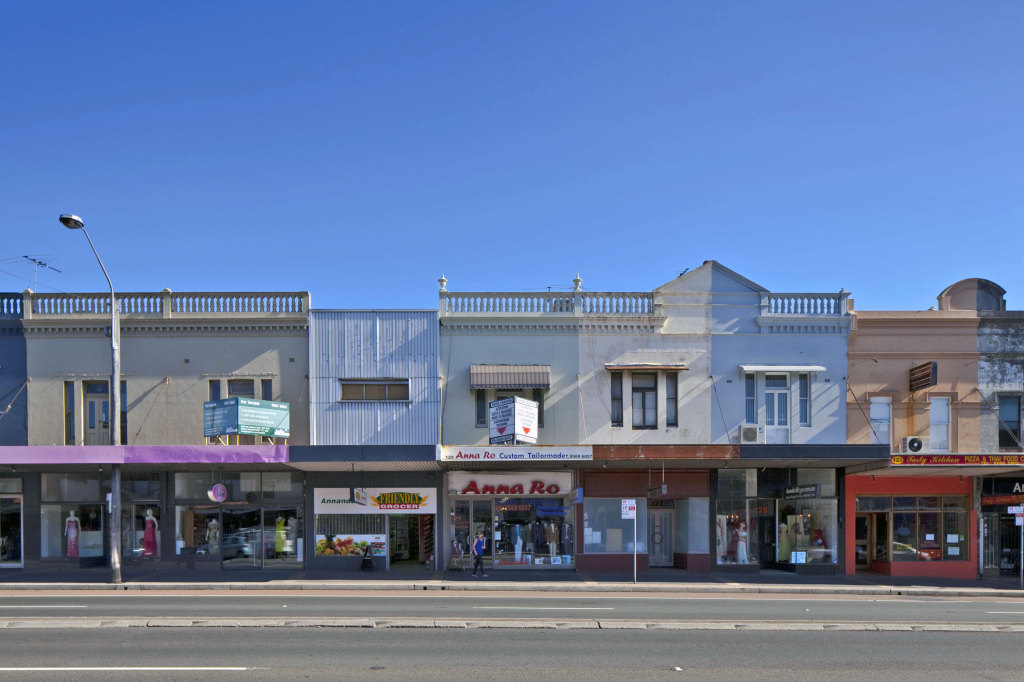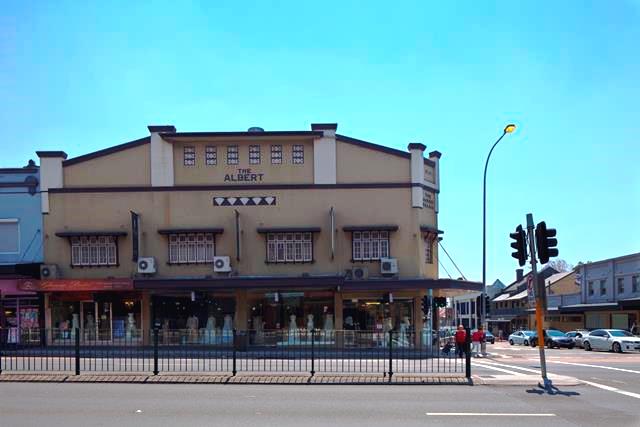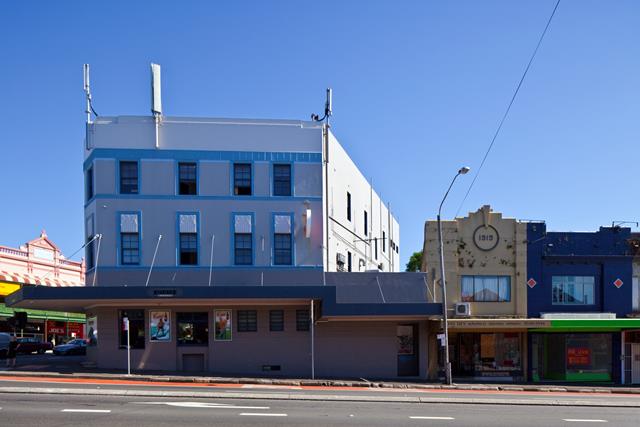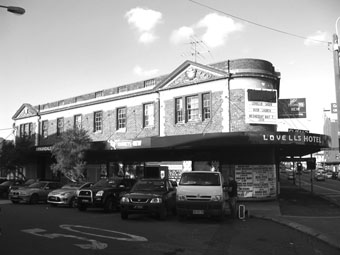FILEF and Leichhardt Municipal Library invite you to the launch of Carmela (Carmen) Lavezzari’s autobiography “Memoirs of a Person of Interest”,
Thursday 27 November at 6.30 pm at the Library (Italian Forum Square).
Her memories, written in Italian with the editorial assistance of Gianfranco Cresciani, are accompanied with the English version translated by Claudio Marcello.
The book will be launched, at the presence of the author, by Cresciani himself – well known historian of the Italian communities in Australia
– who described it as “a powerful narrative documenting the vicissitudes of a “common”, yet extraordinary woman, at a troubled time in the history of our country”.

Monthly Archives: November 2014
A Balmain Coalmine Worker who became an Oyster Saloon King.
Oyster Saloons were the turn of the century Australian Fish and Chip Shop. The Comino Brothers were prominent in establishing the industry.
Athanassio Comino (1844?-1897) and John Comino (1858?-1919), oyster merchants, were born on the Ionian island of Kythera (Cerigo), Greece, sons of Demetrio Comino, farmer, and his wife Agapy, née Menego. In 1873 Athanassio arrived in Sydney, probably as a crew member on a sailing ship from New Zealand. For a time he worked in the Balmain colliery, but by 1878 had started an oyster saloon at 36 Oxford Street. About 1882 he took up the lease of an oyster bed at Onions Point, at the mouth of the Lane Cove River, which he used to revive New Zealand oysters. But it was a short-lived, unremunerative enterprise and by 1886 Port Jackson was closed for oyster leasing. In 1884 he had leased 2000 yards (1828 m) of foreshore on the Evans River, on the north coast. That year John arrived in the Potosi and in 1885 applied for oyster leases on the Bermagui River. Despite fluctuations in the industry’s prosperity Athanassio remained in business. John was described as a mechanic in bankruptcy proceedings in 1892 when he was found to have unsecured liabilities of £160; he was discharged on 5 September 1895.
The Cominos had arrived at a time when the New South Wales oyster industry was unregulated, with unsuccessful attempts by the government to legislate for an orderly system. Gradually the method of dredging for natural oysters gave way to cultivation and organized harvesting. Athanassio reached a prominent place in the industry. He never married. Aged 53, he died of a strangulated hernia on 30 December 1897 at Darlinghurst, leaving an estate valued for probate at £5217 to John and to nephews and nieces.
Inheriting from Athanassio the title, ‘Oyster King’, John applied a formidable business aptitude to orderly expansion. In 1898 he was naturalized. With several others he was responsible for raising funds to erect the first Greek Orthodox Church in Australia, Holy Trinity Church, Surry Hills, where on 6 September 1901 he married Anna Phocas, born in Rhodes, Turkey; her father Seraphim Phocas officiated. At the time of his marriage John was living at Randwick; later he moved to Coogee. As chain migration brought more Kytherans, he was a mainstay of the Greek community in New South Wales, at the centre of a complicated web of family and business activities, owning and supplying restaurants, oyster saloons and fish shops. The Fisheries Act of 1902 reformed the oyster industry, forcing lessees to make improvements or suffer confiscation. Comino held numerous leases along the New South Wales coast. About 1906 he entered into partnership with three other large oyster merchants, Frederick John Gibbins, Charles Edward Woodward and John Moriarty, and the firm, known as Woodward, Gibbons & Comino, dominated oyster marketing in New South Wales.
In 1916, under the supervision and probably at the expense of Comino, Life in Australia was published. In the Greek language, it extolled the opportunities available to Greek immigrants and listed some of the 625 shops allegedly owned by Greeks in Australia ‘Apart from 5 shops owned by Cominos, ten others owned by different individuals traded under the name of Comino and it is probable that in some of them John Comino owned a share’. By 1919 there were ‘Comino’ oyster saloons in Parkes, Maitland, Armidale, Gunnedah, Moree and Katoomba. For a time all Greeks in New South Wales were commonly known as ‘Comino’.
John died of pneumonic influenza (Spanish flu) at Belmore Road, Randwick, on 21 June 1919, leaving to his wife and four sons an estate sworn for probate at £31,872. The Cominos were the pioneers of Kytheran migration to Australia and it is estimated that by the late 1930s well over 3000 had come, mainly to New South Wales, from this one Greek island.
Select Bibliography
C. A. Price, Southern Europeans in Australia (Melb, 1963)
Votes and Proceedings (Legislative Assembly, New South Wales), 1883-84, 11, 519, 559, 1885-86, 2, 901-02
Journal (Legislative Council, New South Wales), 1887-88, 4, 751-57, 821
M. P. Tsounis, Greek Communities in Australia (Ph.D. thesis, University of Adelaide, 1971)
bankruptcy papers (State Records New South Wales)
registers of certificates of naturalization, 1849-1904 (State Records New South Wales)
private information.
Citation details
Chris Cunneen, ‘Comino, John (1858–1919)’, Australian Dictionary of Biography, National Centre of Biography, Australian National University, http://adb.anu.edu.au/biography/comino-john-6320/text9727, published first in hardcopy 1981, accessed online 20 November 2014.
This article was first published in hardcopy in Australian Dictionary of Biography, Volume 8, (MUP), 1981
Parramatta Heritage Street Project – What are your thought’s of Parramatta Road?
In light of the WestConnex proposal the changing face and use of Parramatta Road could change dramatically. Here at Leichhardt Council we have undertaken the task of photographing the Leichhardt Local Government Area side of Parramatta Road form Hawthorne Canal to Mallett Street Camperdown.
Parramatta Road has had a long and rich History as one of Sydney’s main artillery connecting the city to Parramatta, originally Sections of the current Parramatta Road were an Aboriginal walking track for the Dharug nation which resided in the area.
Parramatta Road was one pf the earliest colonial transport Routes in Australia. It linked the two original European settlements at Sydney Cove and Parramatta.
The Parramatta Road corridor also has a rich and diverse urban heritage host to iconic buildings with a rich history such as The Bald Faced Stag, Sydney’s oldest Pub opening in 1830 on the corner of Parramatta Road and Balmain Road. It holds the record of having held a continuous license perhaps longer than any hotel in the Commonwealth. Other Iconic Buildings include the Albert Palais, The Empire Hotel, The Annandale Hotel
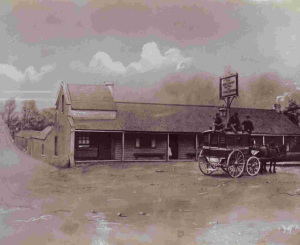
Bald Faced Stag C.1830 originally Colonial late Victorian Italianate. It has changed architecturally style four times. Now a two story brick structure with ornamented Parapet in the Inter War Free classical style.
Nowadays The Empire Hotel is stop on QC Mark Tadeschi Eugeni Falleni walking tours.
Along the Parramatta corridor there are approximately 146 items on the State Heritage Register and 3747 statutory listed items on local environmental plans ore regional environmental plans.

